Recommended sushi restaurants in Gifu, Japan
-

Sushi Market Tadashi Ginan
Sushi restaurant in Gifu [SUSHILIVE comment] -


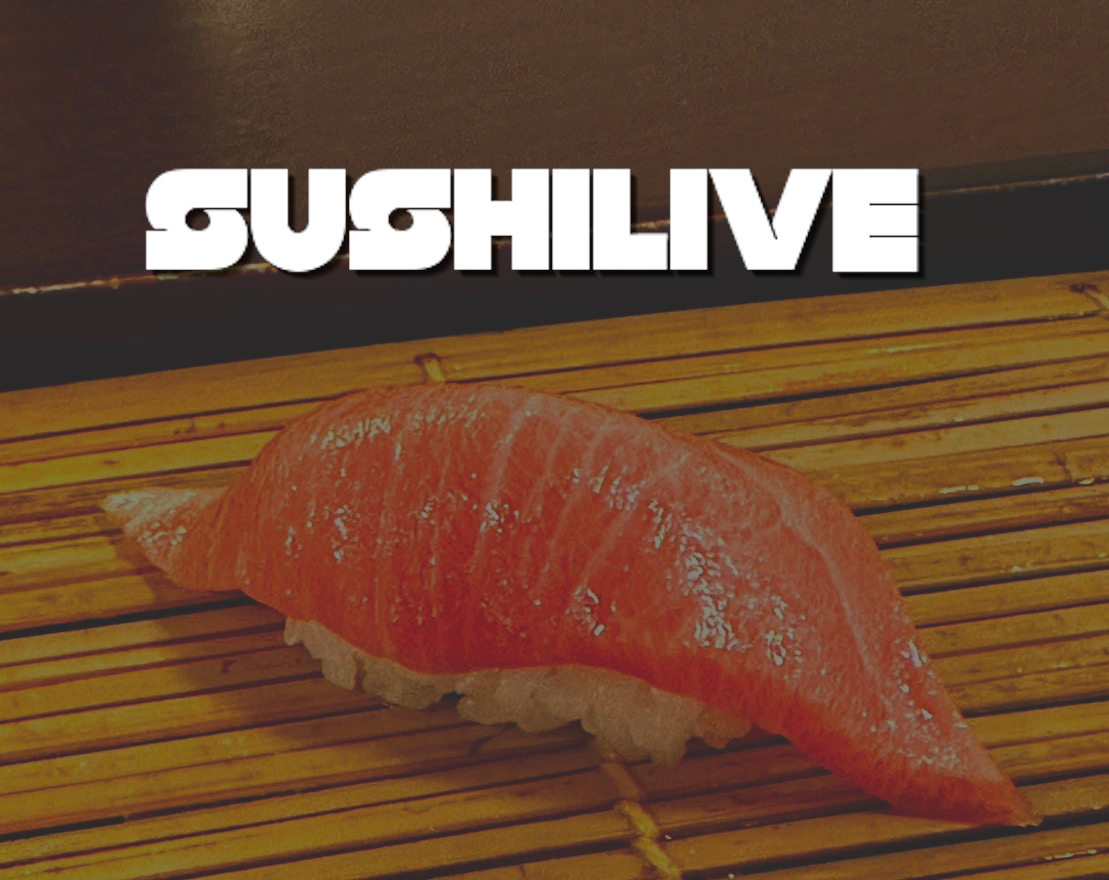
sushi hibari
Sushi restaurant in Gifu [SUSHILIVE comment] -



Gin-no-sara, Gifu Kita Branch
Sushi restaurant in Gifu [SUSHILIVE comment] -



Muzoe Kurazushi Ogaki Interchange
Sushi restaurant in Gifu [SUSHILIVE comment] -



Sushiro Gifu Masaki
Sushi restaurant in Gifu [SUSHILIVE comment] -



Gifu Hatsu Sushi Ogaki Branch
Sushi restaurant in Gifu [SUSHILIVE comment] -



Ogaki Fish Market
Sushi restaurant in Gifu [SUSHILIVE comment] -



Hamazushi Gifu Noritake
Sushi restaurant in Gifu [SUSHILIVE comment] -



Gifu Hatsu Sushi Kinkabashi Branch
Sushi restaurant in Gifu [SUSHILIVE comment] -



Kyuzaemon IX
Sushi restaurant in Gifu [SUSHILIVE comment] -



Nigiri no Tokubei Tokubei
Sushi restaurant in Gifu [SUSHILIVE comment] -



Sushiro Gifu Hashima
Sushi restaurant in Gifu [SUSHILIVE comment] -



UOBEI Kakamigahara Store
Sushi restaurant in Gifu [SUSHILIVE comment] -



Sushi Restaurant Jingoro AEON MALL Kakamigahara
Sushi restaurant in Gifu [SUSHILIVE comment] -



Yuzuan Gifu Rokujo Store
Sushi restaurant in Gifu [SUSHILIVE comment] -



Japan Fountain
Sushi restaurant in Gifu [SUSHILIVE comment] -



Sensei Sushi Saibe Branch
Sushi restaurant in Gifu [SUSHILIVE comment] -



Sushiro Kakamigahara Naka
Sushi restaurant in Gifu [SUSHILIVE comment] -



Aji-no-sato Tai-ko
Sushi restaurant in Gifu [SUSHILIVE comment] -



Sushiro Gifu Ishinaga
Sushi restaurant in Gifu [SUSHILIVE comment] -



Muzoe Kurazushi Gifu Masaki
Sushi restaurant in Gifu [SUSHILIVE comment] -



Gifu Hatsu Sushi Kakamigahara Branch
Sushi restaurant in Gifu [SUSHILIVE comment] -



Hatsuji Hajima Branch
Sushi restaurant in Gifu [SUSHILIVE comment] -



Amimoto no Sato Kagashima
Sushi restaurant in Gifu [SUSHILIVE comment] -



Golden Horse
Sushi restaurant in Gifu [SUSHILIVE comment] -



Gifu Hatsu Sushi Fukuju Branch
Sushi restaurant in Gifu [SUSHILIVE comment] -



Hokkai Sushi
Sushi restaurant in Gifu [SUSHILIVE comment] -



half-sushi
Sushi restaurant in Gifu [SUSHILIVE comment] -



Sushi Yoshi, Main Branch
Sushi restaurant in Gifu [SUSHILIVE comment] -



Sushi Saki
Sushi restaurant in Gifu [SUSHILIVE comment]
Recommended conveyor belt sushi restaurants in Gifu, Japan
-


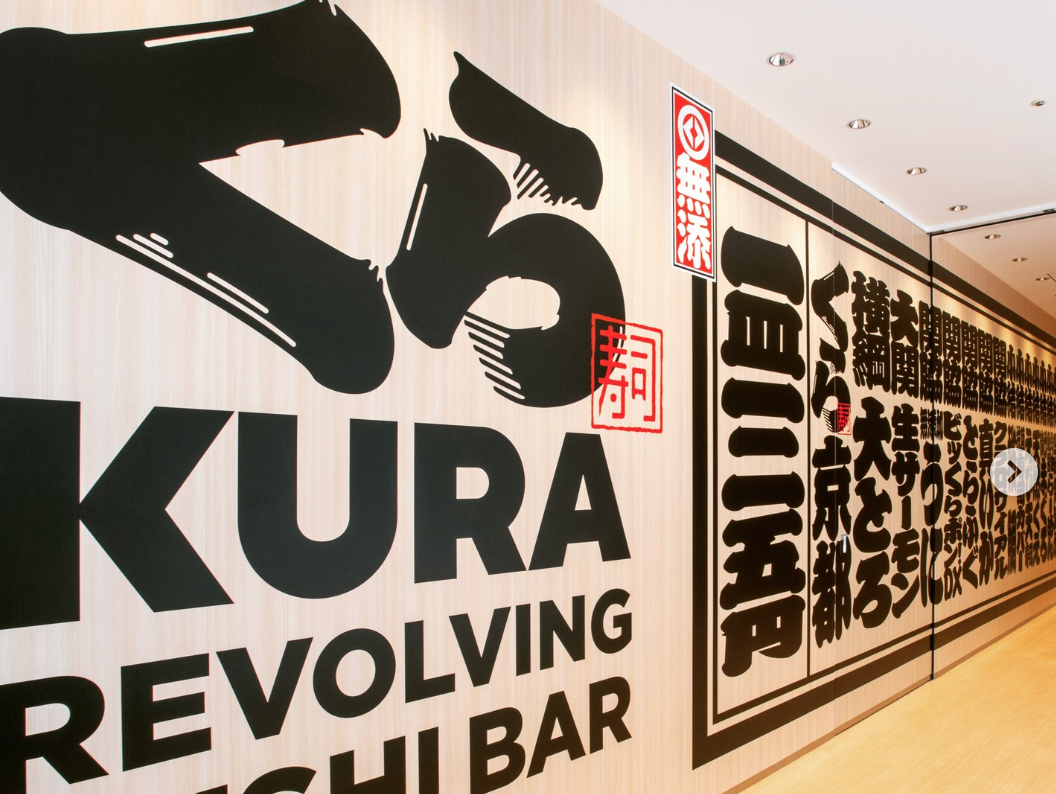
Kura Sushi Kakamigahara Shops
Sushi restaurant in Gifu [SUSHILIVE comment] -


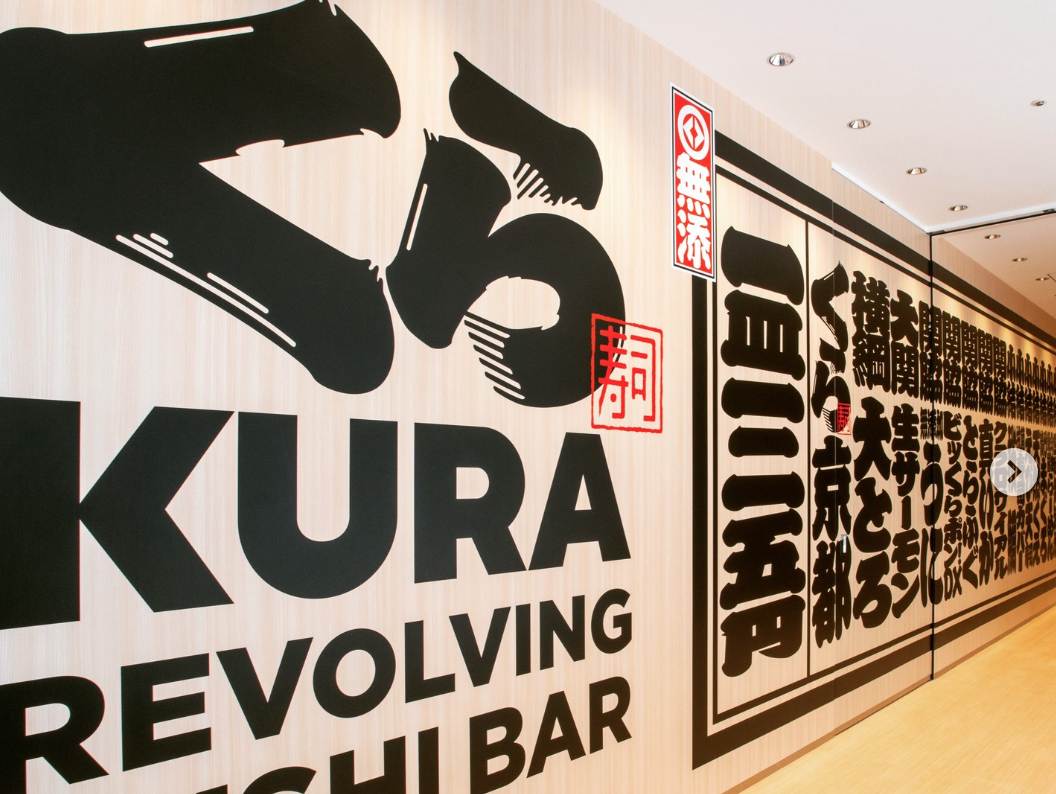
Kura Sushi Nitori Shibu
Sushi restaurant in Gifu [SUSHILIVE comment] -


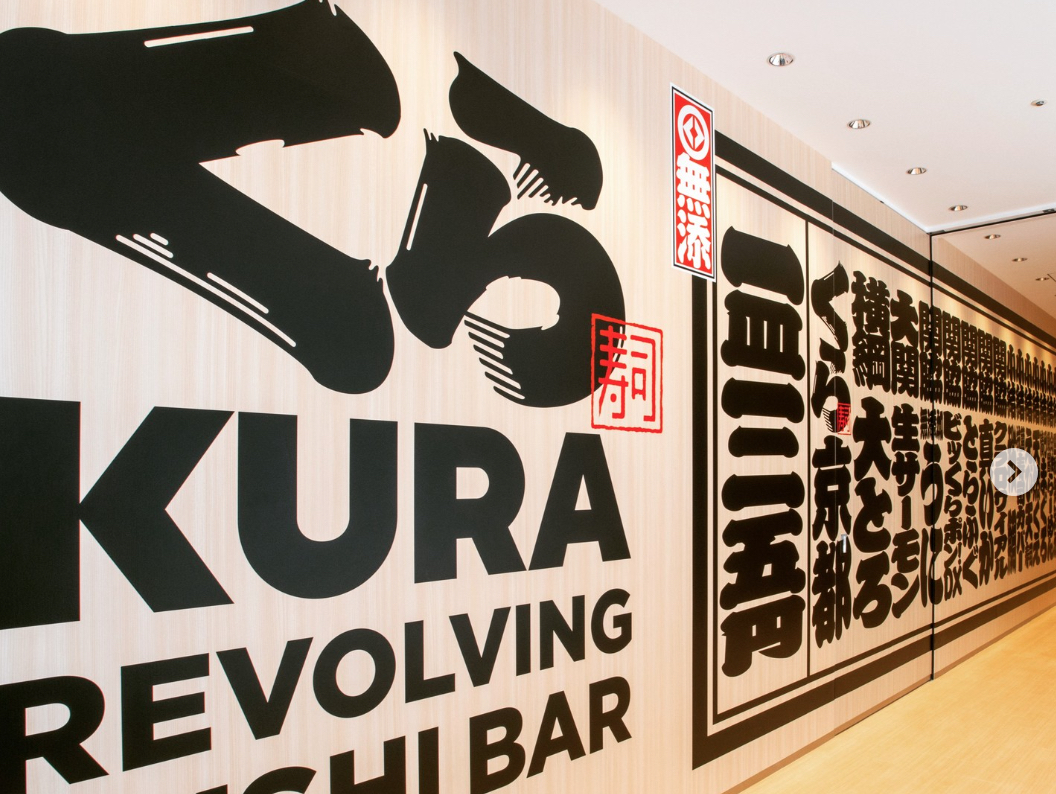
Kura Sushi Gifu Masaki Store
Sushi restaurant in Gifu [SUSHILIVE comment] -


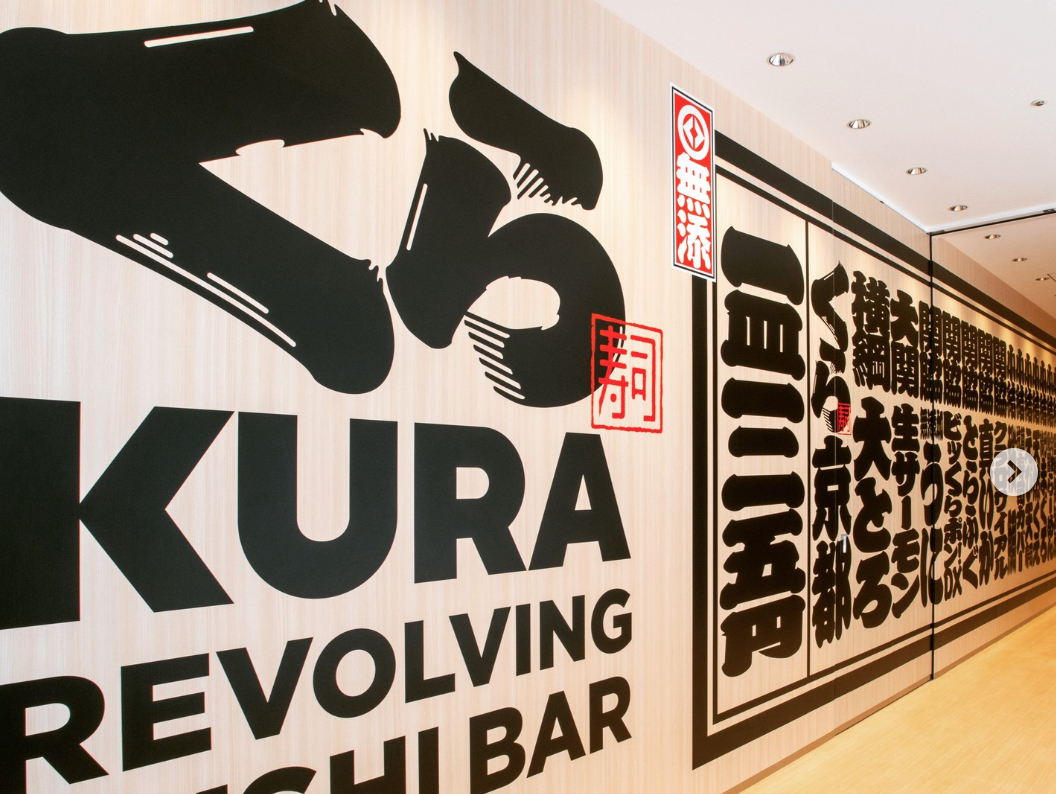
Kura Sushi Taki's General Store
Sushi restaurant in Gifu [SUSHILIVE comment] -


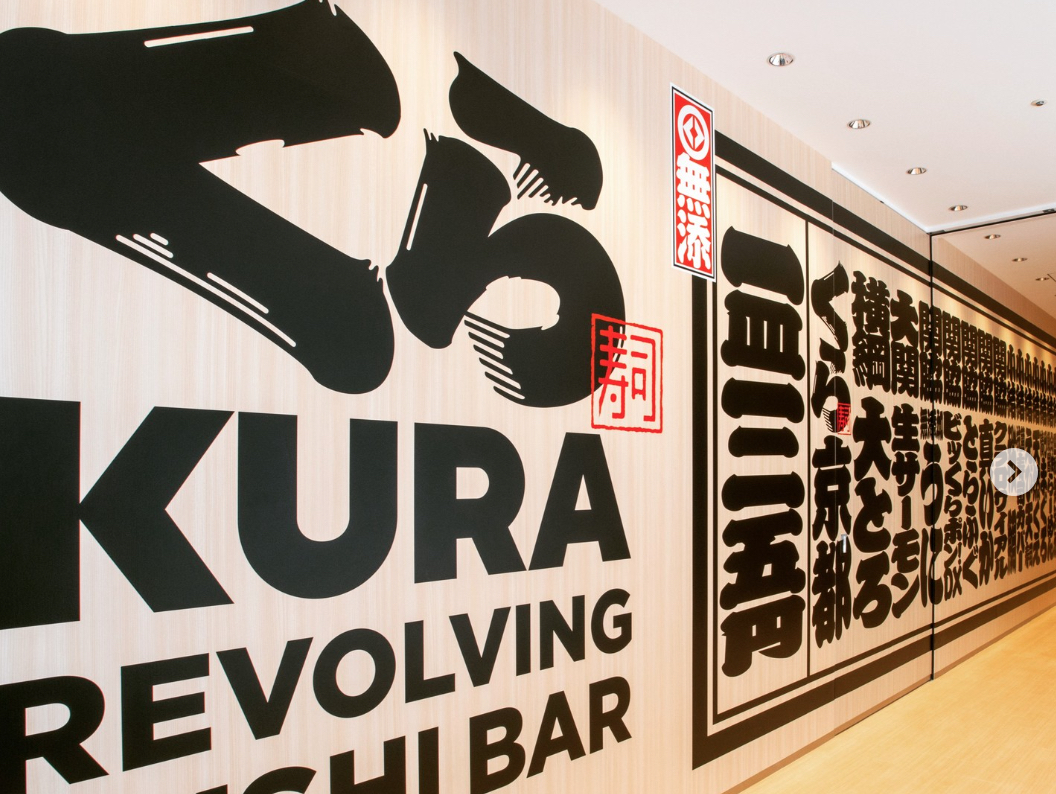
Kura Sushi Ogaki Interchange
Sushi restaurant in Gifu [SUSHILIVE comment] -


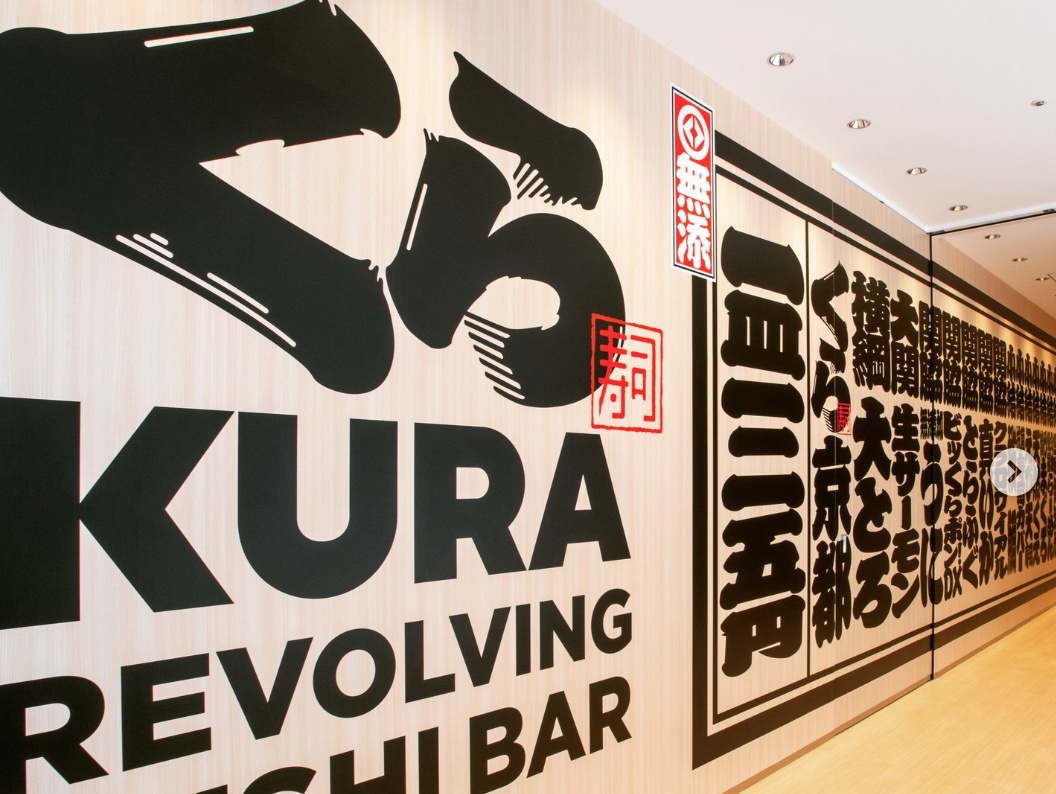
Kura Sushi Nitori Ogaki Nakagawa
Sushi restaurant in Gifu [SUSHILIVE comment] -


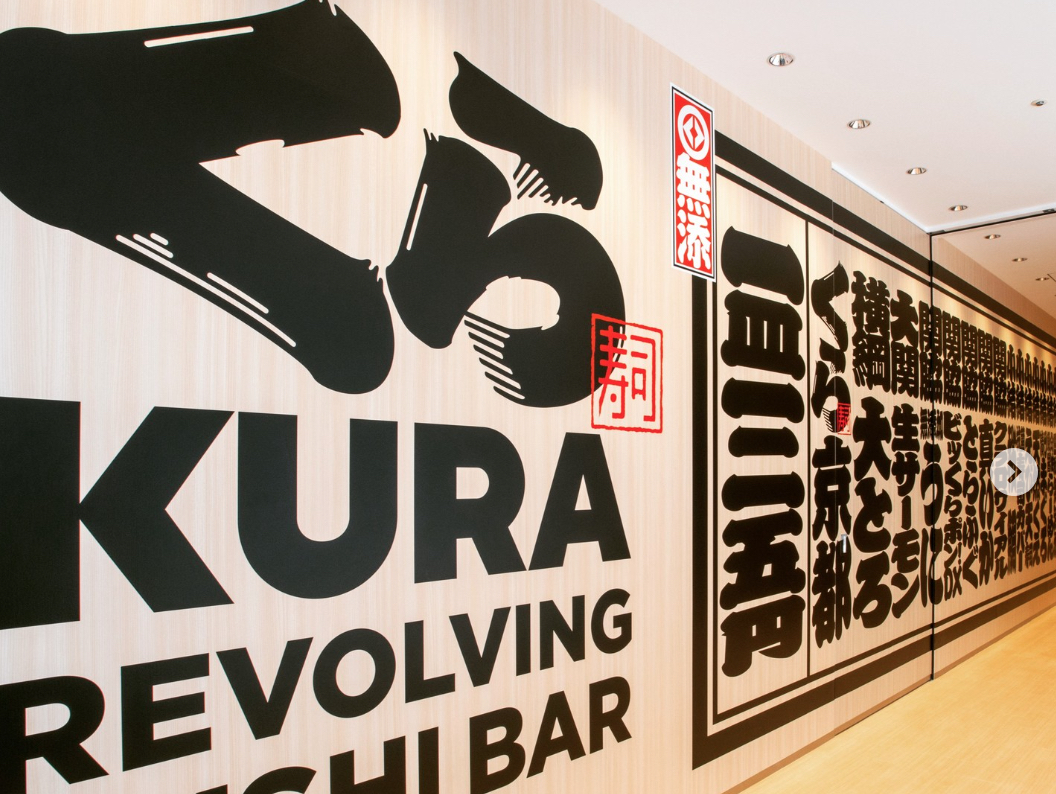
Kura Sushi Kani Store
Sushi restaurant in Gifu [SUSHILIVE comment] -


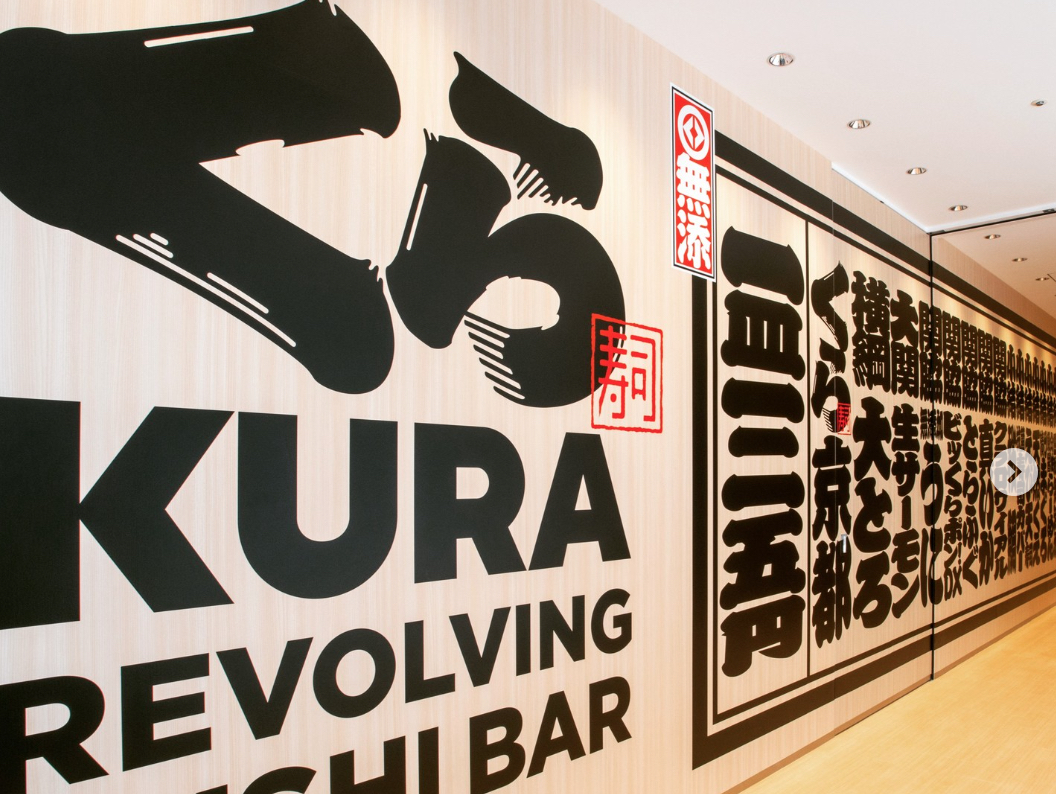
Kura Sushi Nitori Kakamigahara Uguma
Sushi restaurant in Gifu [SUSHILIVE comment] -


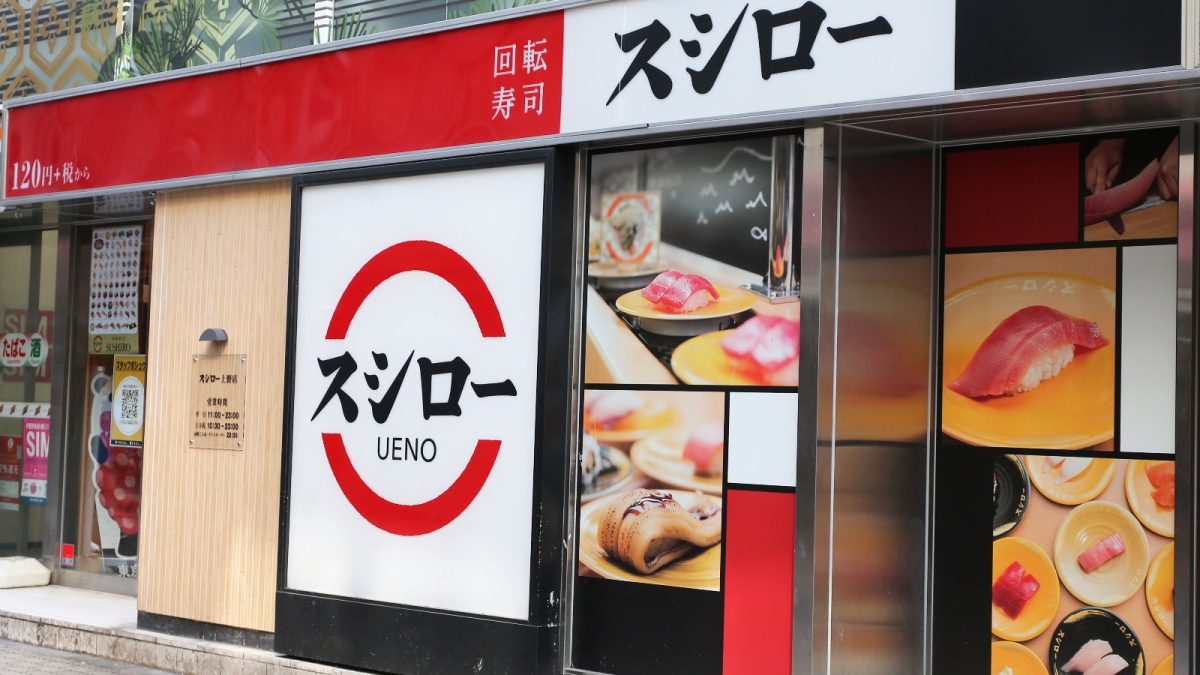
Sushiro roofed mud wall
Sushi restaurant in Gifu [SUSHILIVE comment] -


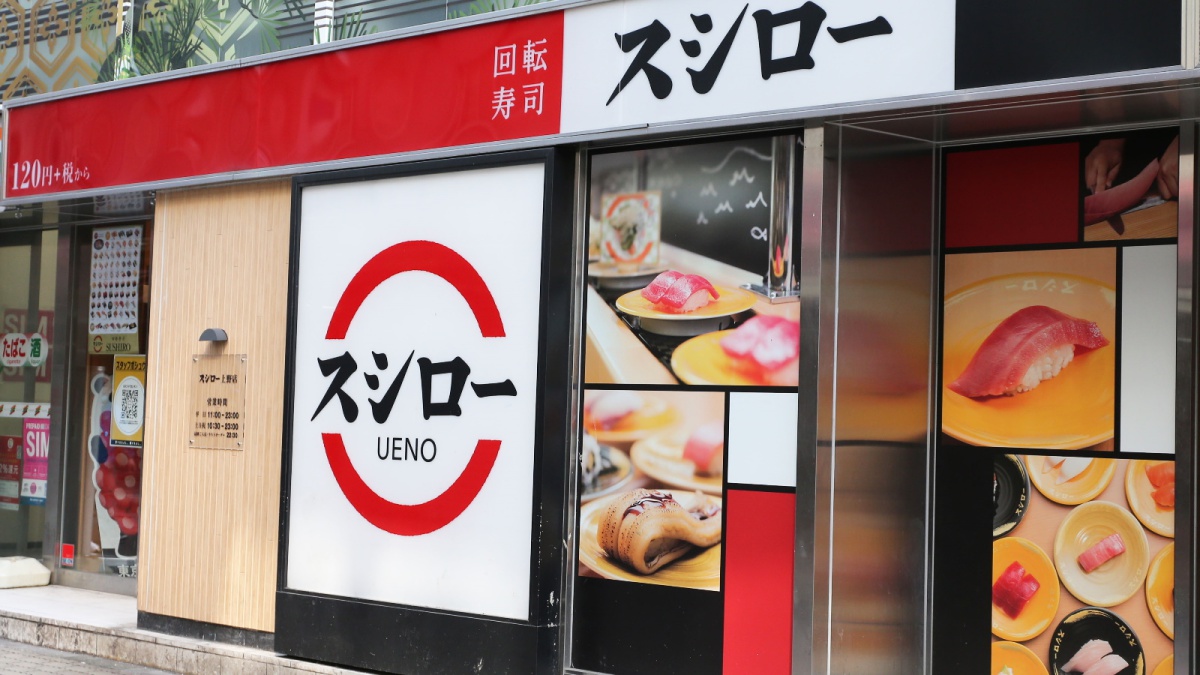
Sushiro Kodo
Sushi restaurant in Gifu [SUSHILIVE comment] -


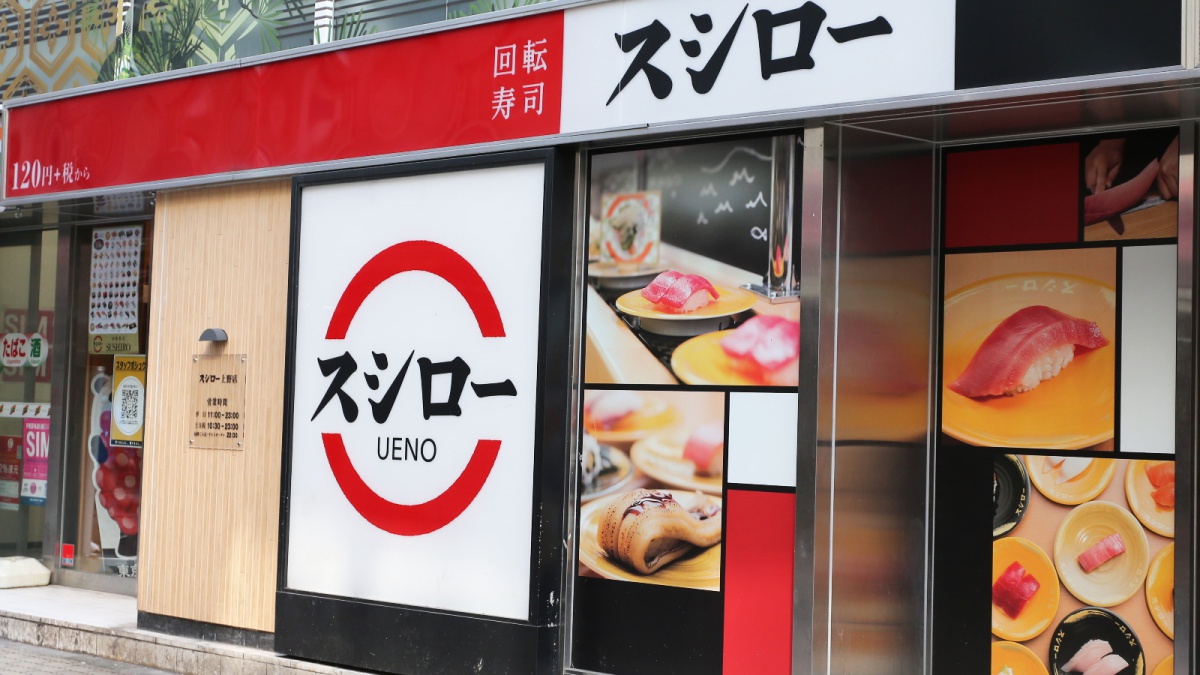
Sushiro Gifu Hashima
Sushi restaurant in Gifu [SUSHILIVE comment] -


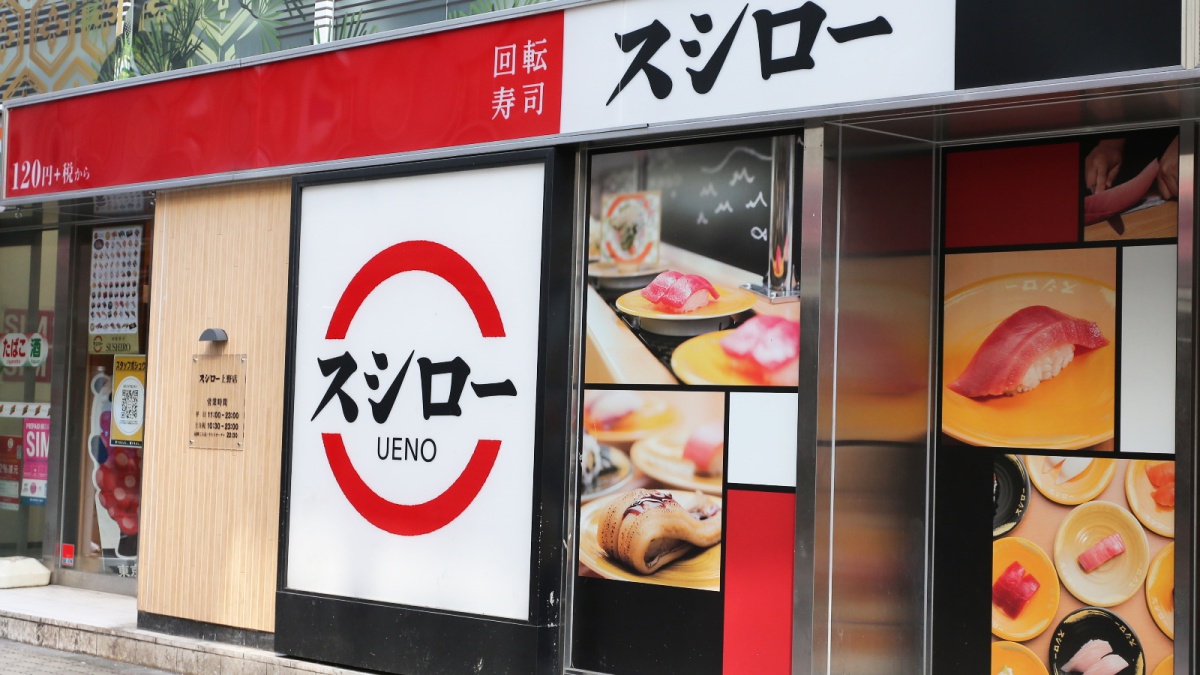
Sushiro DOJI
Sushi restaurant in Gifu [SUSHILIVE comment] -


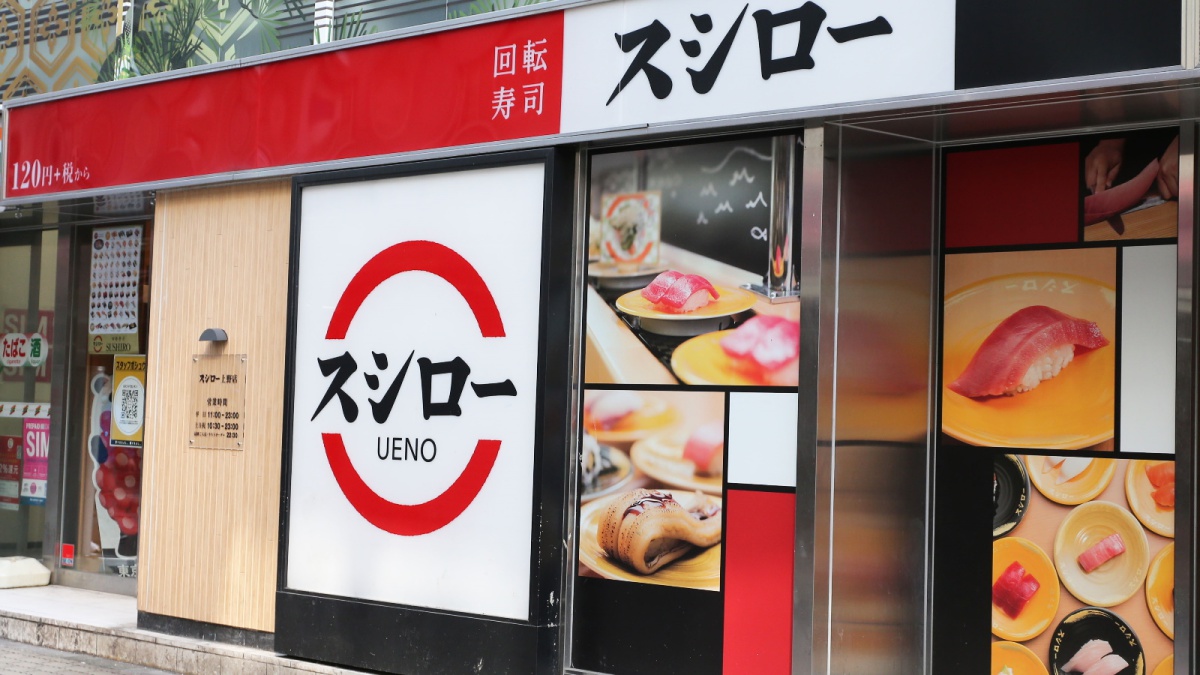
Sushiro Nagasaki, Nagasaki, Nagasaki
Sushi restaurant in Gifu [SUSHILIVE comment] -


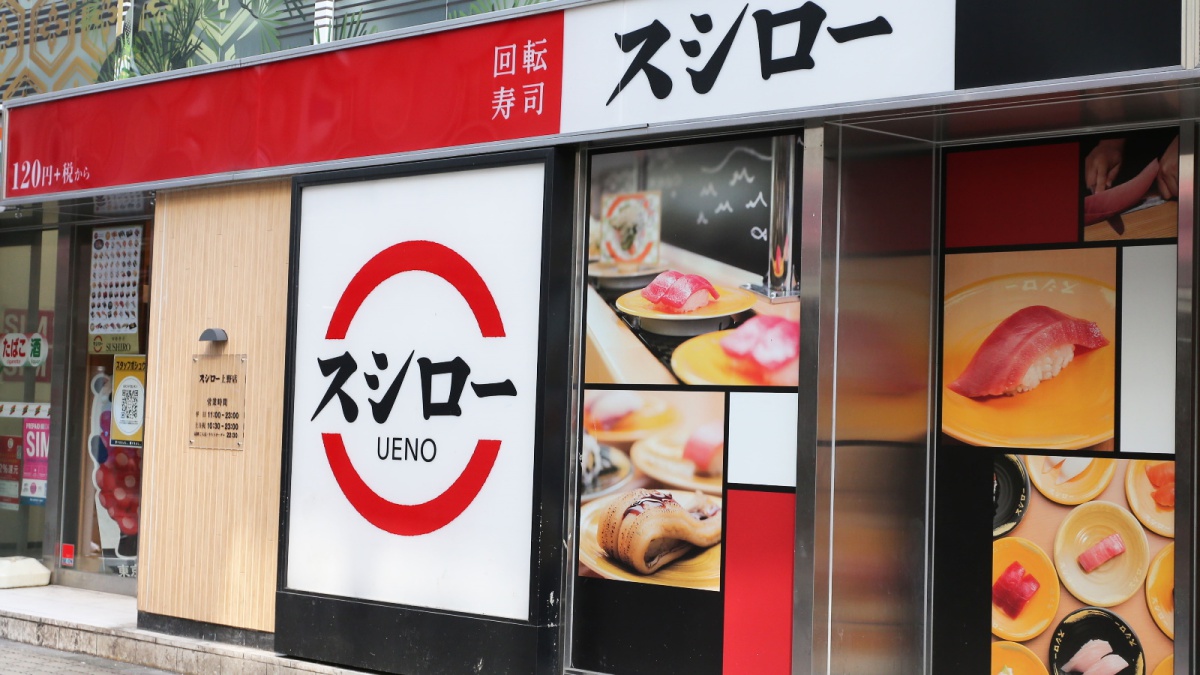
Sushiro Gifu City Bridge
Sushi restaurant in Gifu [SUSHILIVE comment] -


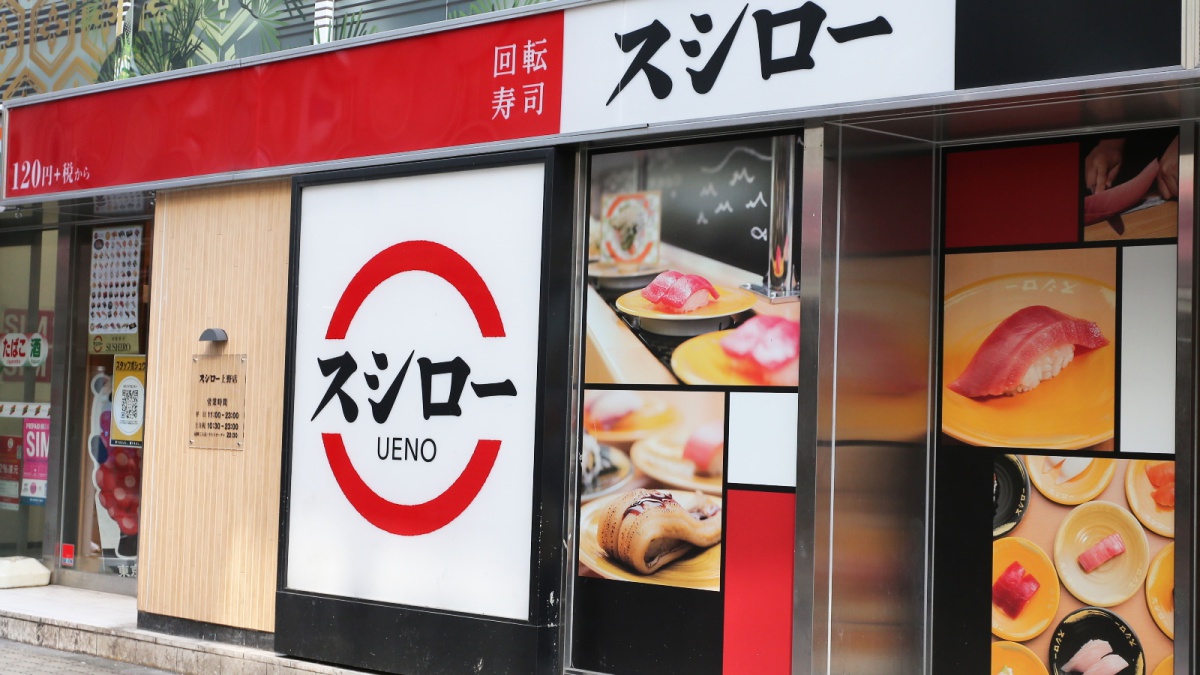
Sushiro Ogaki Nakano-cho
Sushi restaurant in Gifu [SUSHILIVE comment] -


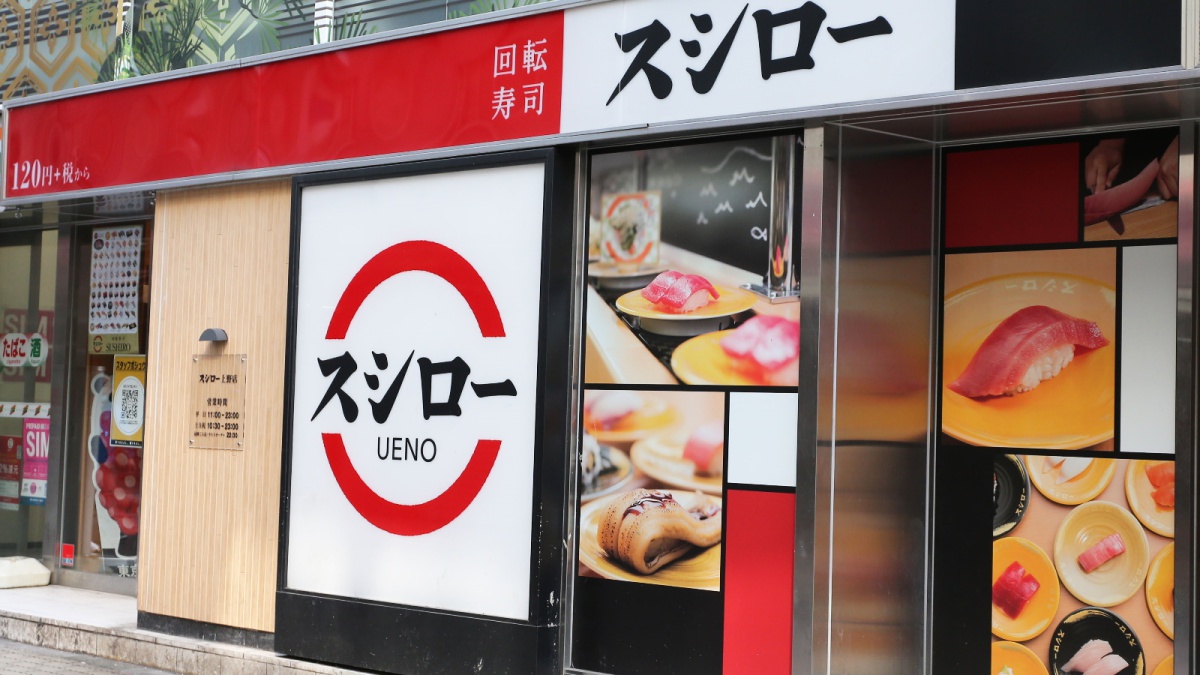
Sushiro Gifu Masaki
Sushi restaurant in Gifu [SUSHILIVE comment] -


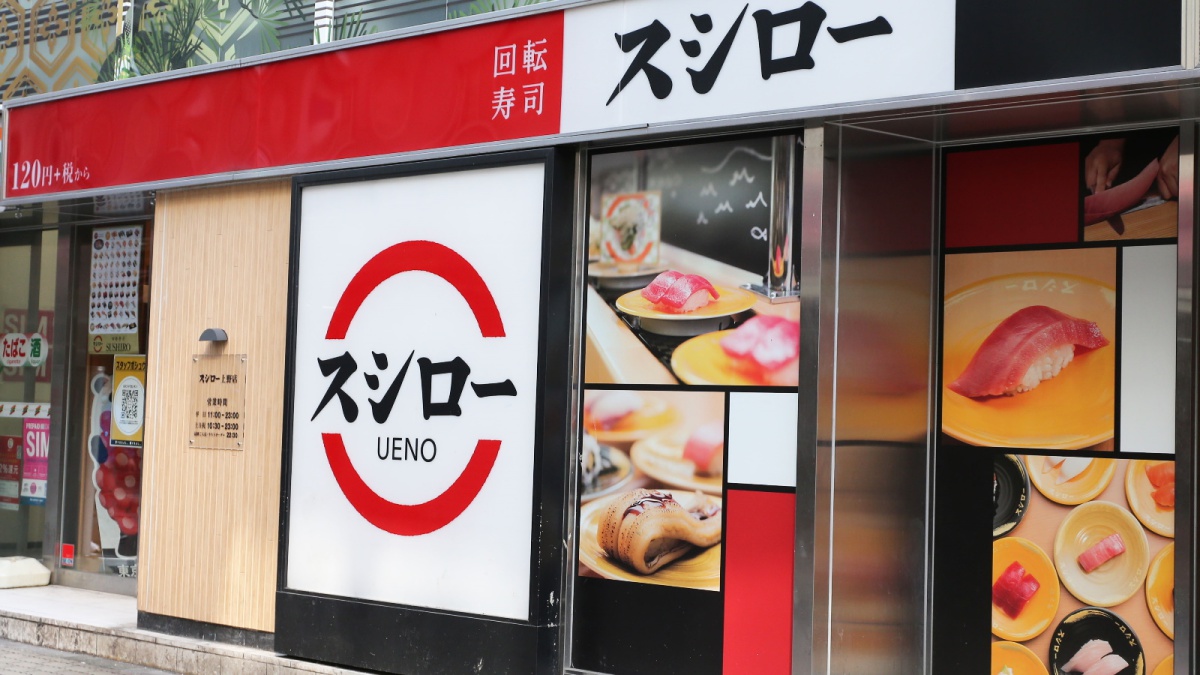
Sushiro the northern part of the country
Sushi restaurant in Gifu [SUSHILIVE comment] -


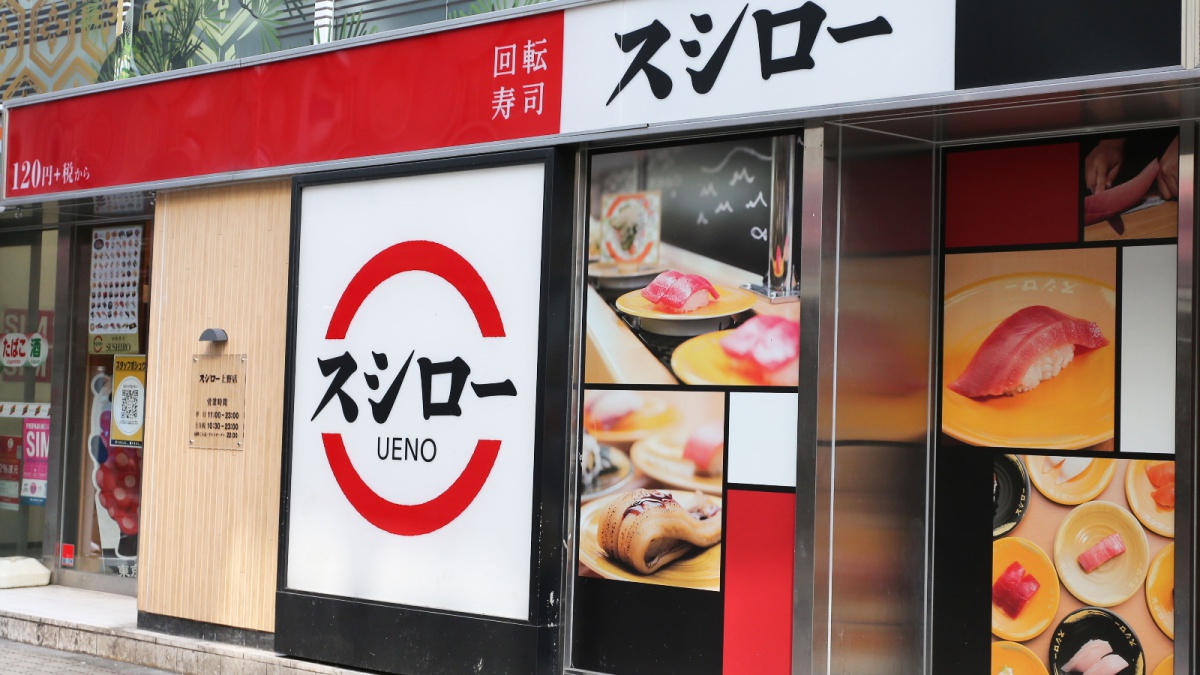
Sushiro river in Shizuoka Prefecture
Sushi restaurant in Gifu [SUSHILIVE comment] -


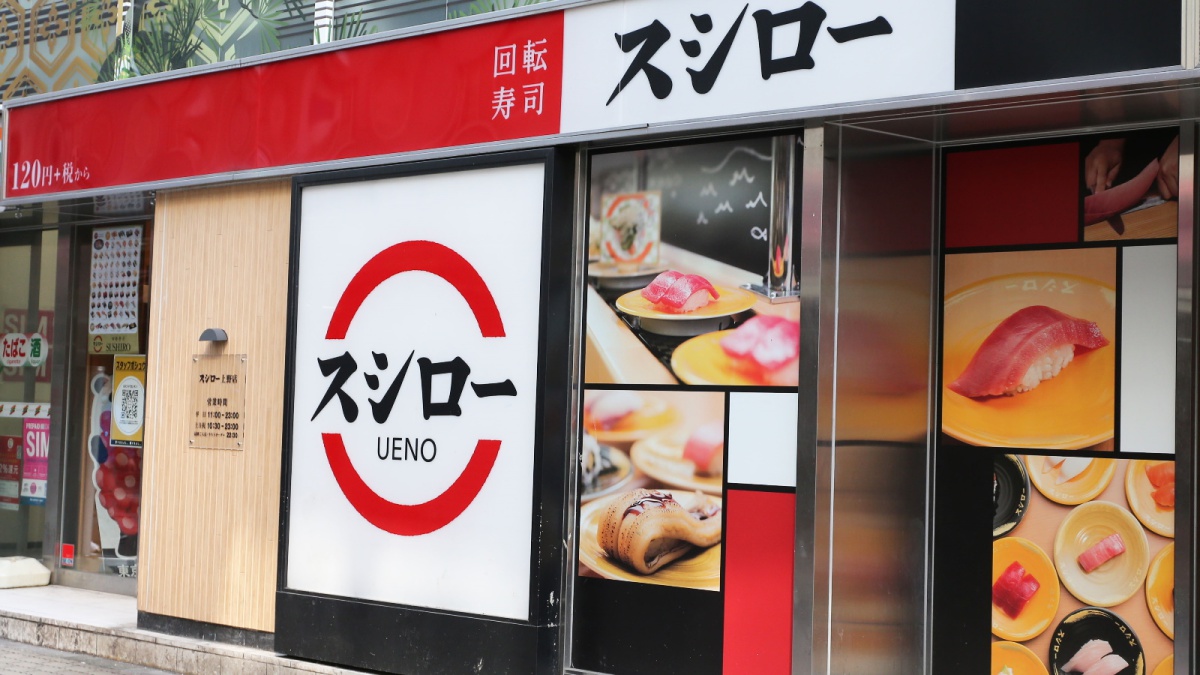
Sushiro Gifu Ishinaga
Sushi restaurant in Gifu [SUSHILIVE comment] -


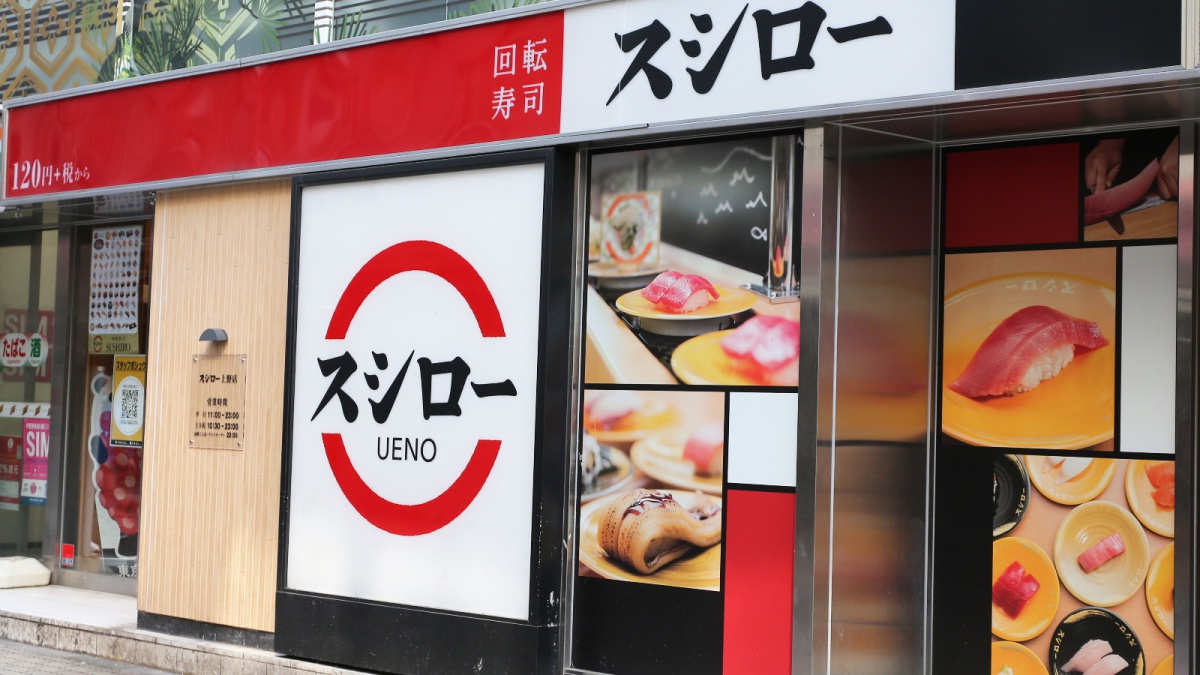
Sushiro Seki Margo
Sushi restaurant in Gifu [SUSHILIVE comment] -


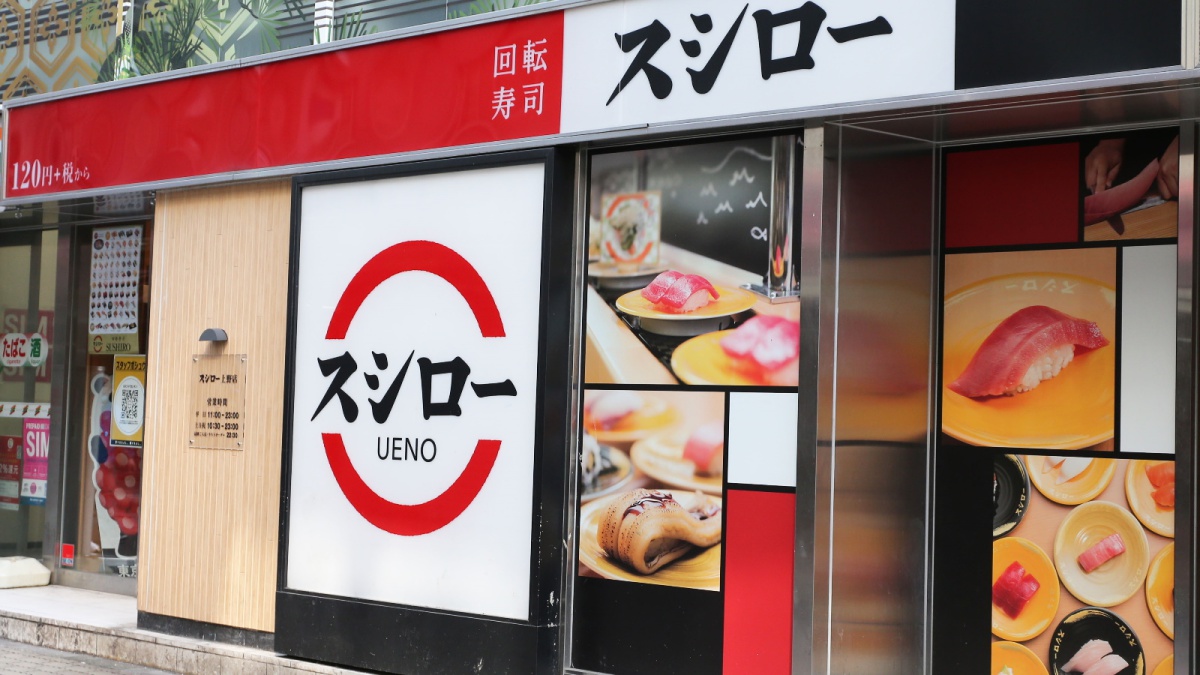
Sushiro Tuki (city and prefecture in Japan)
Sushi restaurant in Gifu [SUSHILIVE comment] -


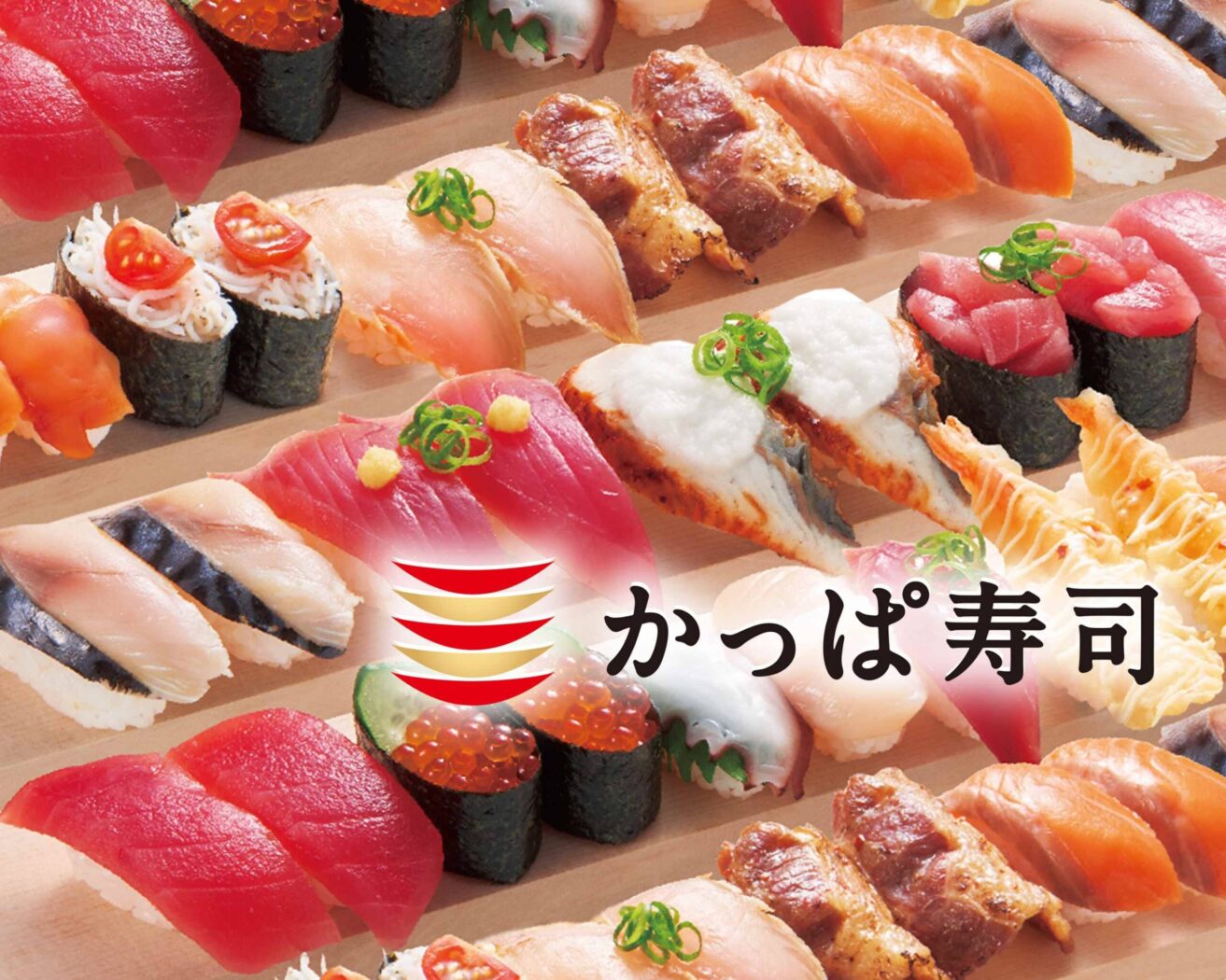
Kappa sushi Ginan Store
Sushi restaurant in Gifu [SUSHILIVE comment] -


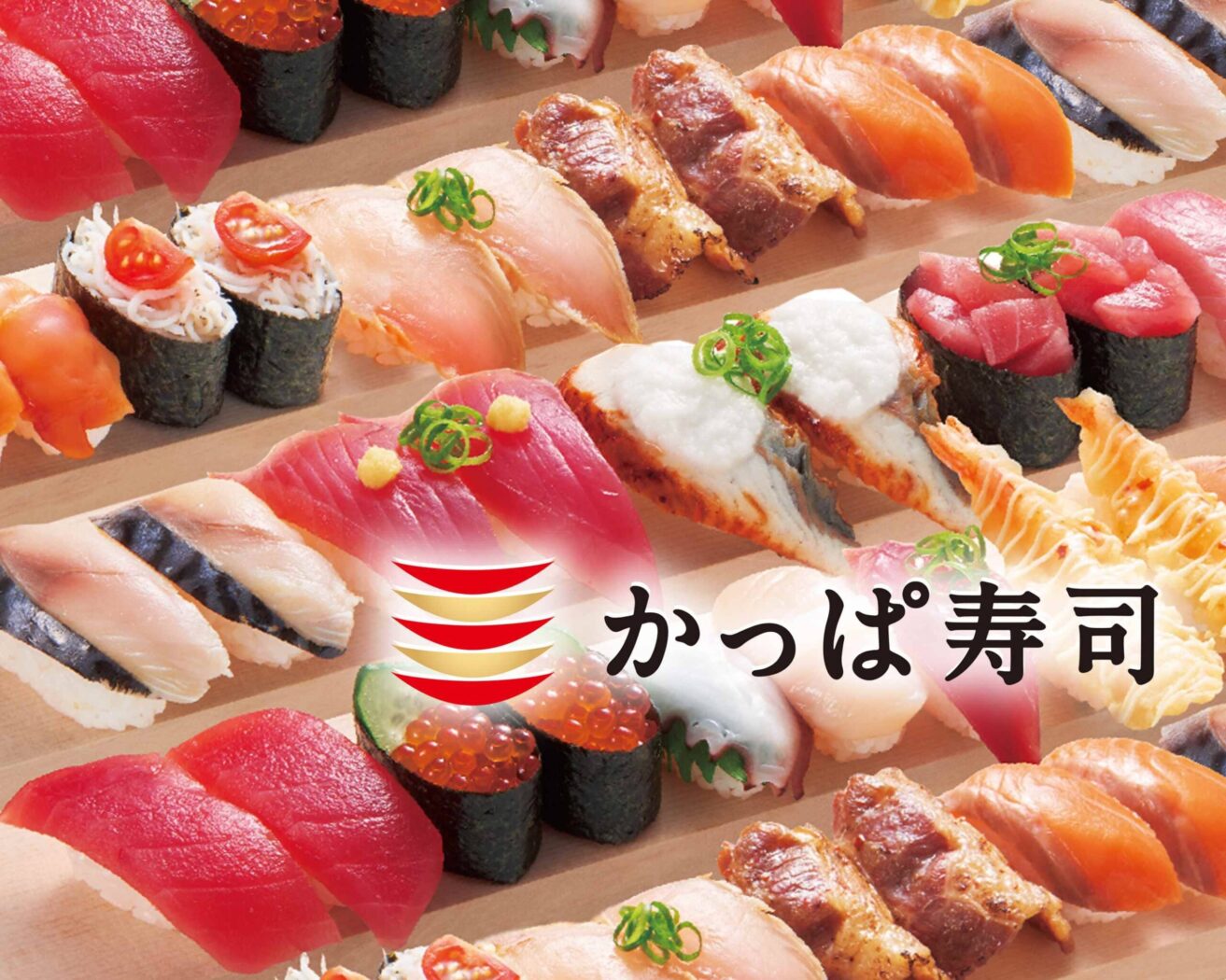
Kappa sushi Gifu Matabaru Store
Sushi restaurant in Gifu [SUSHILIVE comment] -


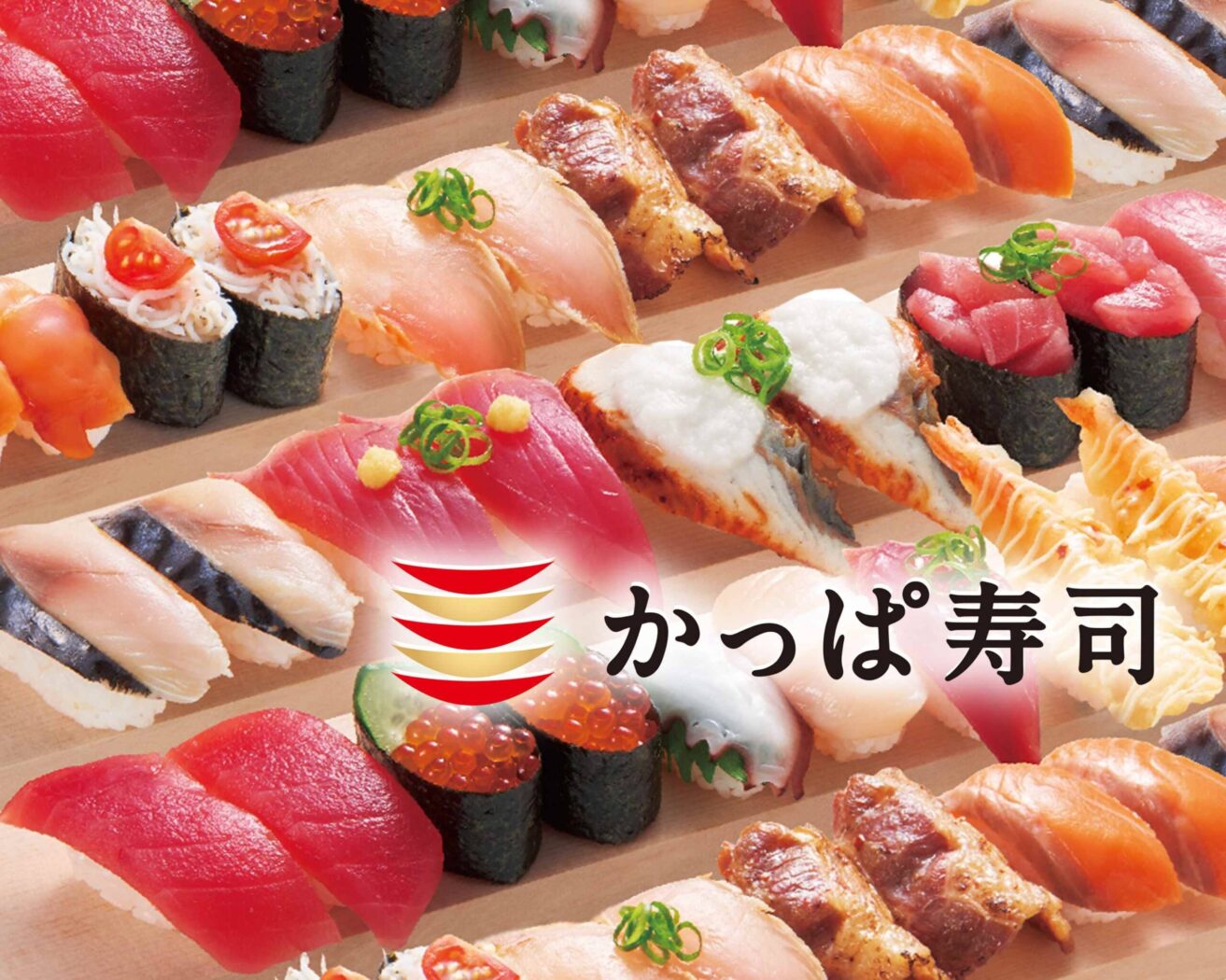
Kappa sushi Kakamigahara Sohara Store
Sushi restaurant in Gifu [SUSHILIVE comment] -


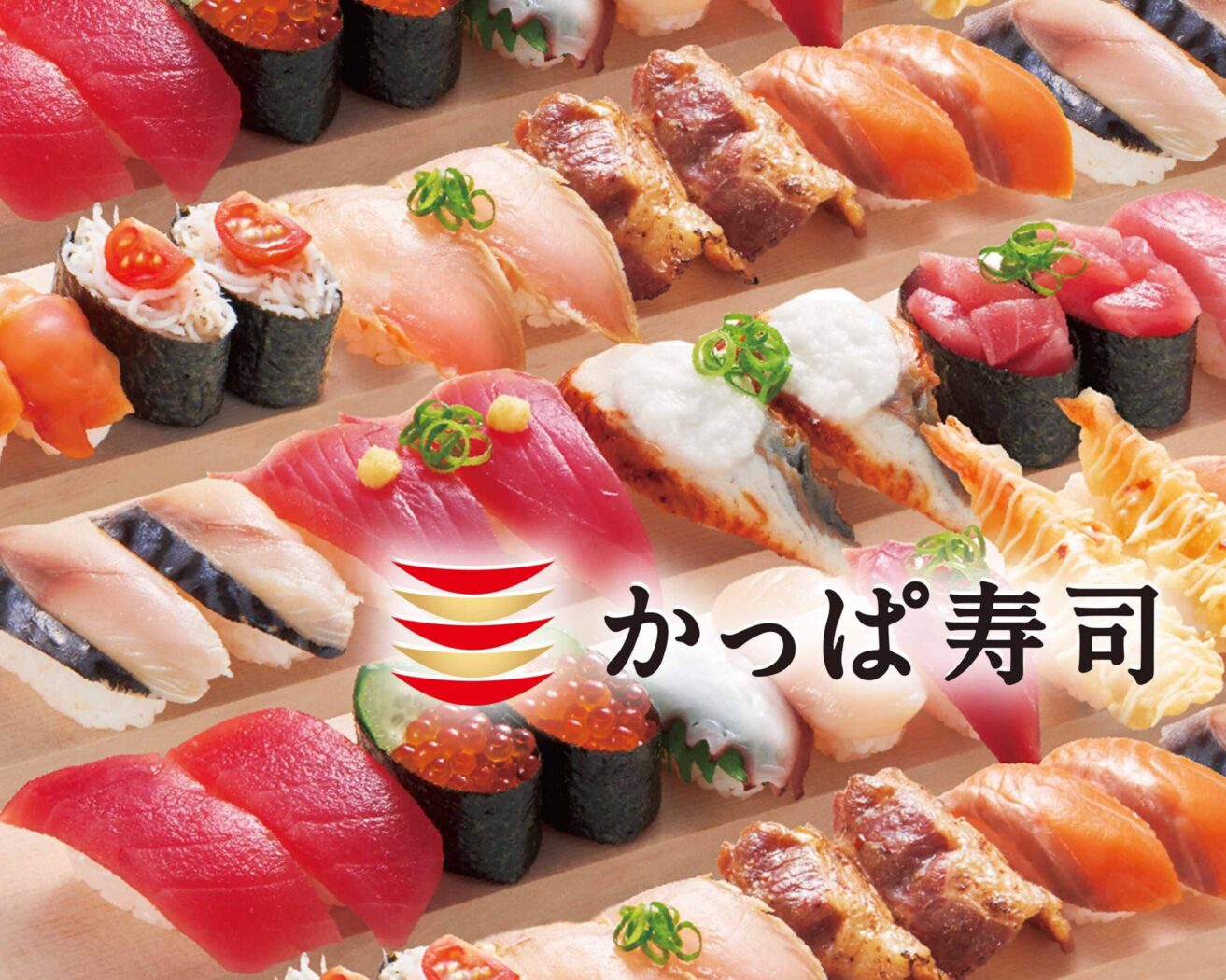
Kappa sushi Hozumi Store
Sushi restaurant in Gifu [SUSHILIVE comment] -


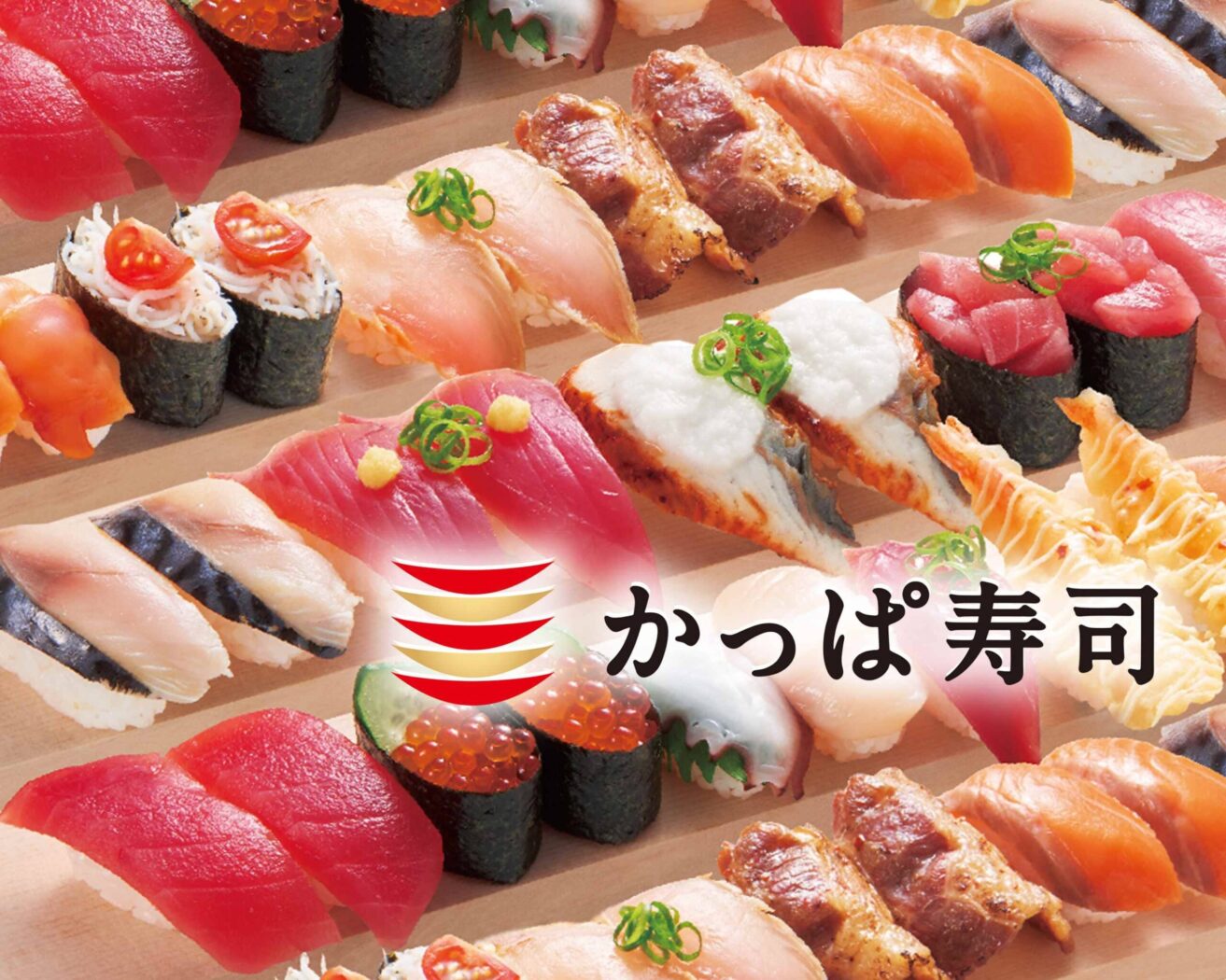
Kappa sushi Nitori Mino Kamo
Sushi restaurant in Gifu [SUSHILIVE comment] -


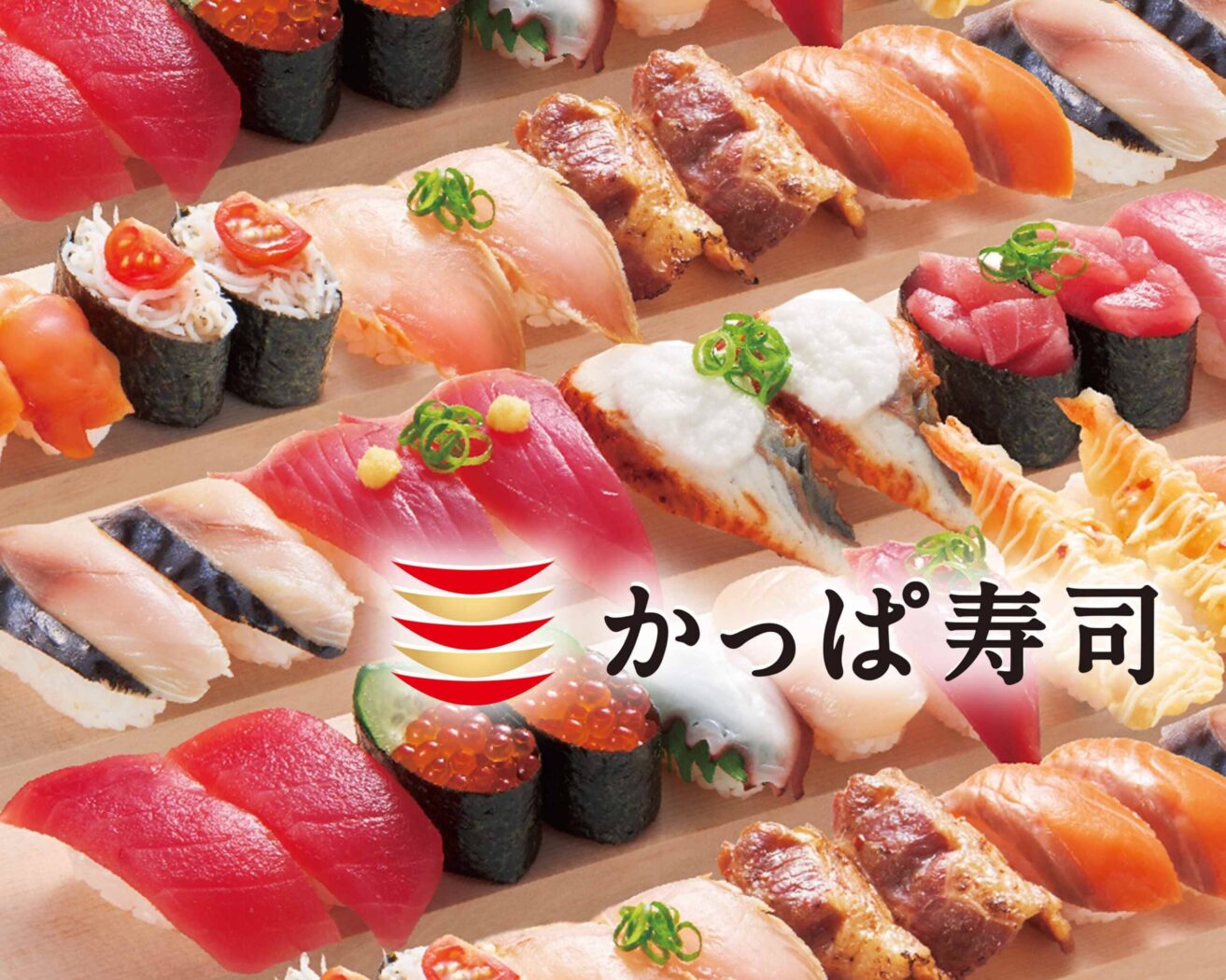
Kappa sushi Cain's Mall Seki
Sushi restaurant in Gifu [SUSHILIVE comment] -


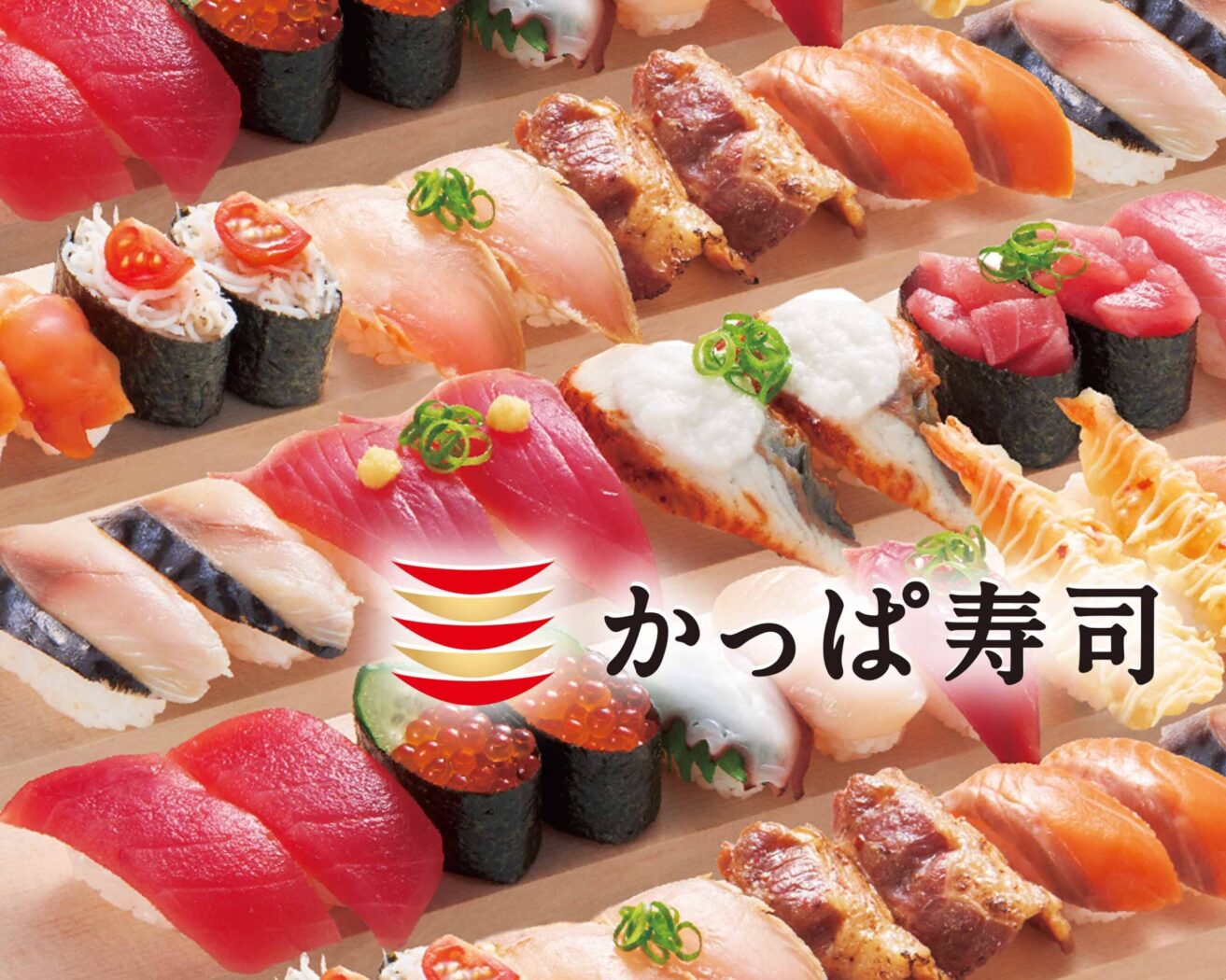
Kappa sushi Kani Store
Sushi restaurant in Gifu [SUSHILIVE comment] -


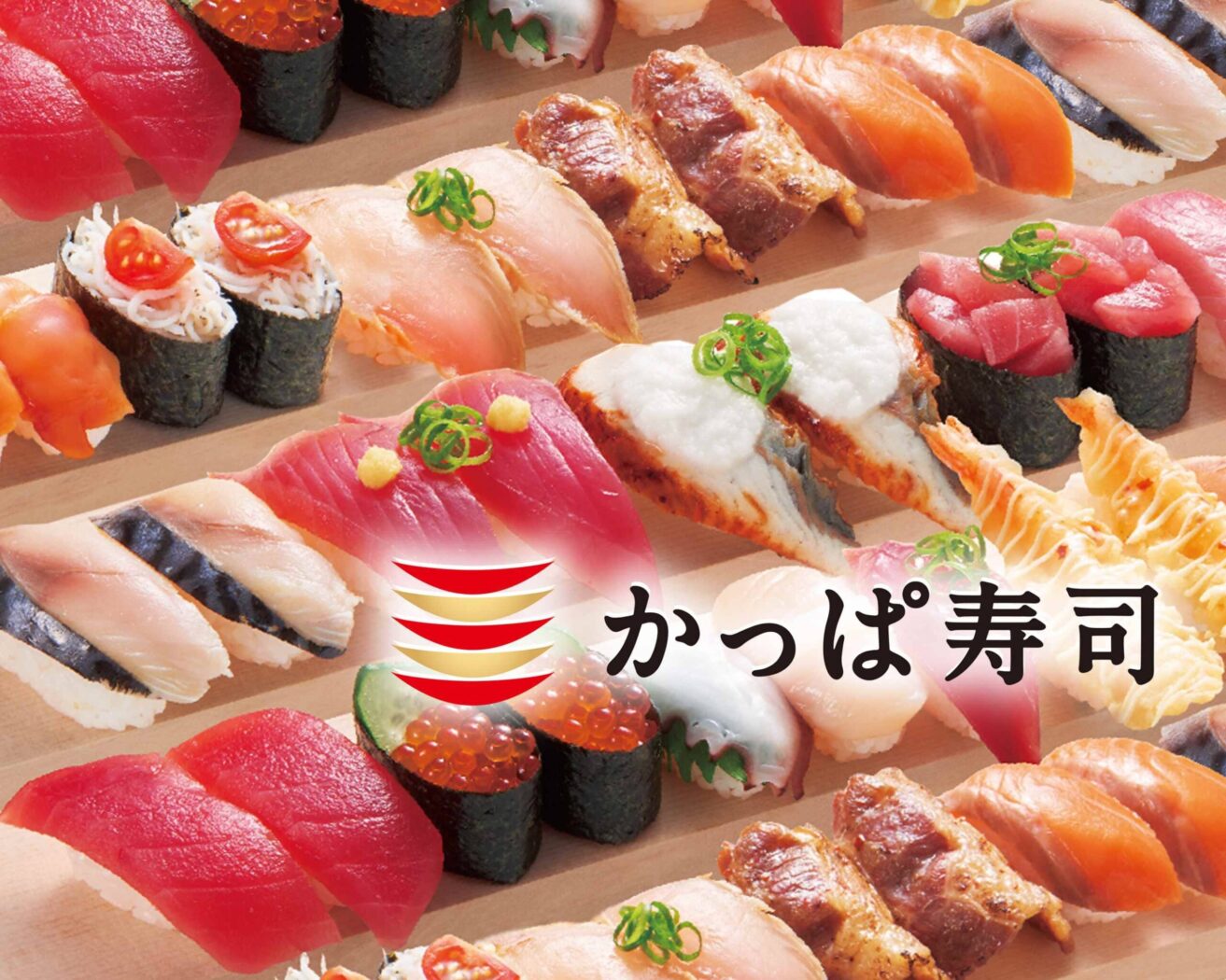
Kappa sushi Morella Gifu
Sushi restaurant in Gifu [SUSHILIVE comment]
Characteristics of Gifu’s Cuisine
Gifu: A Land Rich in Nature and Culture Nurtured by Mountains and Rivers
Located in the Chubu region, Gifu Prefecture is composed of the mountain-surrounded Hida region and the Mino region, where the Nobi Plain spreads. With an area of approximately 10,621 square kilometers, it is the 7th largest prefecture in Japan and is one of the few landlocked prefectures surrounded by seven other prefectures.
Blessed with abundant nature, Gifu has been a place where people’s lives have flourished from ancient times. At the foot of the Hida Mountains, one of Japan’s three great beautiful forests, a primeval forest of Hinoki cypress trees spreads, and the clear stream of the Nagara River has given birth to traditional cultures including cormorant fishing.
Today, it is popular as a tourist destination utilizing traditional crafts and rich natural scenery, attracting many tourists to its old towns such as Hida Takayama and Gujo Hachiman, and hot springs like Nagara River Onsen and Gero Onsen.
The prefecture is also active in advanced industries such as the automobile and aircraft industries, and in agriculture, fruits such as tomatoes, figs, and pears, as well as rice and vegetables, are vigorously cultivated.
Gifu, a land rich in nature and culture nurtured by mountains and rivers, offers various attractions to its visitors.
Mino and Hida: Marking the Eons
Gifu Prefecture, which has been inhabited since ancient times, consists of two historical regions: Mino and Hida.
Mino Province, with the fertile Nobi Plain, has developed a rice cultivation culture since ancient times. During the Kofun period, many powerful clans boasted their might, and tumuli with valuable grave goods such as gold and bronze ritual implements are scattered throughout the region.
Hida Province, surrounded by deep mountains and considered a secluded region, fostered a unique culture. In the Edo period, it thrived as “Hida Takayama,” a direct domain of the shogunate, and was known as a cultural city comparable to Edo.
During the Sengoku period, Mino Province became the stage for Oda Nobunaga’s unification of Japan. Nobunaga renamed Inabayama Castle to “Gifu Castle” and developed it as a base for his campaign to unify the country.
In the Edo period, Mino was under the domain of the Owari clan, while Hida was directly controlled by the shogunate. Mino developed through river transportation using the Kiso Three Rivers, and industries such as pottery, ceramics, and washi paper. Hida was known for its forestry, utilizing abundant forest resources, and woodworking skills.
Since the Meiji period, Gifu Prefecture has embraced modernization waves, developing various industries. Today, it also attracts popularity as a tourist destination that utilizes traditional crafts and rich natural scenery.
Gifu Prefecture, with its long history and diverse culture, continues to enchant its visitors.
The Bounty of Mountains and Rivers and Traditional Flavors
Gifu Prefecture, comprised of the Hida region surrounded by mountains and the Mino region with the Nobi Plain, boasts a diverse food culture nurtured by its rich natural environment.
In the Hida region, preserved foods developed in preparation for harsh winters. Hobamiso, a local dish where miso is spread on magnolia leaves and topped with vegetables or mushrooms and then grilled, is a representative taste of Hida Takayama. Additionally, hebo rice, a delicacy made from fermented silkworm pupae known as “kashiru,” is notable for its unique flavor and high nutritional value.
In the Mino region, dishes using sweetfish and carp caught from the clear streams of the Nagara River and the Ibi River are popular. Grilled sweetfish, sweetfish cooked in sweet and sour sauce, and carp dishes are cherished as symbols of Gifu’s summer.
Furthermore, Gifu Prefecture is home to unique food cultures such as dishes served on Mino ware in “Minoota’s Udatsu Townscape” and cuisine using Hida beef.
In recent years, while preserving traditional food cultures, new dishes with modern twists have also emerged. Gifu Prefecture is a land where the enjoyment of food continues to expand.
A Variety of Sushi Woven from History and Tradition
Gifu’s sushi culture, rooted in people’s lives since ancient times, has developed in various forms depending on the region.
In the Hida region, a unique type of sushi known as Hobazushi has been cherished for a long time. It consists of sushi rice spread on magnolia leaves, topped with seafood such as sweetfish or salmon, as well as mountain vegetables and mushrooms, then wrapped up. Convenient for carrying, it has been valued as a lunch option for mountain work or farming.
In the Mino region, forms of sushi similar to Edo-style sushi, such as pressed sushi and rolled sushi, are mainstream. Sweetfish sushi using sweetfish from the Nagara River is particularly famous as a local specialty of Gifu.
In recent years, in addition to these traditional types of sushi, creative sushi with modern twists has also appeared. Gifu Prefecture is a place where you can enjoy a variety of sushi cultures woven from history and tradition.
Gifu’s Specialty Products: A Tapestry of Tradition and Innovation
Gifu Prefecture, blessed with mountains and rivers and a culture steeped in history and tradition, has produced a variety of specialty products.
Among traditional crafts, Hida Takayama’s “Hida Shunkei lacquerware,” Mino ware, and Seki cutlery are renowned. Hida Shunkei lacquerware is known for its beautiful wooden products with layers of red and black lacquer, popular as high-end tableware. Mino ware has a long history dating back to the Momoyama period, producing various types of ceramics. Seki cutlery, continuing since the Edo period, is famous for knives and pruning shears.
In terms of food products, Hida beef, Hobamiso, and sweetfish dishes are popular. Hida beef, one of Japan’s three major Wagyu brands, is known for its tender and high-quality meat. Hobamiso is a local dish where miso is spread on magnolia leaves, topped with vegetables or mushrooms, and grilled, representing Hida Takayama’s

